How to Choose the Best Mobile App Development Company: A Comprehensive Guide
Introduction
The global mobile app market is projected to hit $935 billion by 2027, but 80% of apps fail within the first year due to poor development choices. Whether you’re a startup or enterprise, partnering with the right app development company is critical. This guide dives deep into actionable strategies, real-world examples, and 10 essential FAQs to help you make an informed decision.
1. Define Your Project Goals
Why Clarity Matters
A vague project brief leads to scope creep, missed deadlines, and blown budgets. Start with these steps:
Identify Core Features:
Use the MoSCoW Method (Must-have, Should-have, Could-have, Won’t-have) to prioritize features.
Example: Uber’s MVP included only ride booking, GPS tracking, and payment integration.
Audience & Platform:
Analyze demographics with tools like Google Analytics or Hotjar.
iOS users spend 2x more than Android users, but Android dominates global market share (72%).
Budget Planning:
Include hidden costs: app store fees (15–30% of revenue), third-party APIs (500–500–5k/year), and maintenance (15–20% of initial dev cost annually).
Timeline:
Agile vs. Waterfall: Agile allows iterative testing but requires active client involvement.
Free Resource: Download our App Project Brief Template
2. Research & Shortlist Developers
Where to Find Reliable Partners
Platforms:
Clutch: Filter by industry, budget, and ratings.
LinkedIn: Check employee expertise and company activity.
Freelancers vs. Agencies:
Freelancers: Ideal for small projects (e.g., 10k–10k–20k budgets). Risks: Limited accountability, skill gaps.
Agencies: Better for complex apps requiring UI/UX, backend, and QA teams.
Geographic Considerations:
Onshore (US, UK): Average rate: 100–100–150/hr. Benefits: Cultural alignment, easier legal recourse.
Offshore (India, Ukraine): Rates: 25–25–50/hr. Verify time zone overlap (min. 4 hours).
Case Study: Calm (meditation app) partnered with an Eastern European agency to scale from 10k to 100M+ users.
3. Evaluate Technical Expertise
Tech Stack Deep Dive
Native Development:
iOS: Swift (faster performance) vs. Objective-C (legacy support).
Android: Kotlin (Google’s preferred language) vs. Java.
Cross-Platform Tools:
Flutter: Hot reload feature speeds up development. Used by Google Pay.
React Native: Facebook’s framework powers apps like Instagram and Airbnb.
Backend Systems:
Firebase (scalability) vs. AWS (enterprise security).
Security Non-Negotiables
GDPR/CCPA compliance for user data.
Penetration testing (cost: 3k–3k–10k).
Code obfuscation to prevent reverse engineering.
Red Flag: Developers who don’t use version control tools like Git.
4. Analyze Portfolios & Case Studies
What to Look For
Portfolio Clarity:
Apps with high ratings (4.5+ stars on stores).
Industry relevance (e.g., healthcare apps needing HIPAA compliance).
Case Study Essentials:
Pre-launch challenges (e.g., tight deadlines).
Results: ROI, user retention, crash rates (aim for <1%).
Example: Headspace reduced app crashes by 40% after migrating to SwiftUI.
5. Client Reviews & Reputation
Trust but Verify
Review Platforms:
Clutch: Verified client interviews.
G2: Detailed ratings for support and expertise.
Spotting Fake Reviews:
Generic language (“Great work!”) vs. specifics (“Reduced load time by 2 seconds”).
Check reviewer history (e.g., only 1 review posted).
Pro Tip: Ask for references and contact them directly.
6. Communication & Workflow
Collaboration Best Practices
Agile Workflow:
Daily standups (15-minute Zoom calls).
Biweekly sprints with demo days.
Tools:
Slack: For instant communication.
Figma: Collaborative UI/UX design.
Time Zone Hacks:
Use World Time Buddy to schedule overlap hours.
Hire a project manager in your time zone.
Free Resource: Agile Communication Checklist
7. Pricing Models & Contracts
Breaking Down Costs
| Service | Cost Range | Best For |
|---|---|---|
| MVP Development | 20k–20k–50k | Startups |
| Enterprise App | 100k–100k–500k+ | Scalable solutions |
| App Maintenance | 1k–1k–5k/month | Post-launch support |
Contract Essentials
Intellectual Property (IP): Ensure full ownership.
Termination Clause: Define conditions for ending the partnership.
NDA: Protect your idea during discussions.
Stat: 60% of disputes arise from poorly defined contracts.
8. Post-Launch Support & Scalability
Why Post-Launch Matters
Maintenance:
Bug fixes (prioritize critical issues within 24 hours).
OS updates (e.g., iOS 17 compatibility).
Scalability:
Cloud solutions (AWS, Google Cloud) for traffic spikes.
Microservices architecture for modular updates.
Example: TikTok uses AWS to handle 1 billion+ daily users.
9. Red Flags to Avoid
Warning Signs
No Contract: Avoid handshake deals.
Overpromising: “We’ll build your app in 2 weeks!”
Poor Portfolio: Only 1–2 apps or outdated designs.
Story: A fitness startup lost $30k to a developer who reused code from a failed project.
10. Final Decision & Onboarding
Last Steps
Scorecard: Rate companies on 10 criteria (e.g., expertise, communication, cost).
Pilot Project: Test with a 2-week task (e.g., API integration).
Onboarding: Define KPIs, access to tools, and team introductions.
CTA: Download Our App Developer Evaluation Scorecard
11. Conclusion
Your app’s success hinges on choosing a partner who aligns with your vision, budget, and workflow. Use this guide to avoid pitfalls and secure a developer that delivers results.
12. FAQs: 10 Critical Questions Answered
1. How much does it cost to build an app?
MVP: 20k–20k–50k.
Mid-level app: 50k–50k–150k.
Complex app (AI, IoT): $150k+.
2. How long does app development take?
MVP: 3–6 months.
Enterprise app: 9–18 months.
3. What’s better: freelancers or agencies?
Freelancers: Small budgets, simple apps.
Agencies: Complex projects requiring diverse skills.
4. How do I verify a developer’s technical skills?
Ask for code samples or GitHub repositories.
Conduct a technical interview with your CTO.
5. What post-launch support should I expect?
At least 3–6 months of bug fixes and updates.
Optional monthly maintenance packages.
6. How do I protect my app idea?
Sign an NDA before sharing details.
Ensure IP ownership is stated in the contract.
7. What if the developer misses deadlines?
Include penalty clauses in the contract (e.g., 5% fee per week).
Use Agile to track progress via sprints.
8. Should I own the source code?
Yes. Demand full ownership and access to repositories.
9. How do I handle communication with offshore teams?
Use Slack/Teams for daily updates.
Hire a bilingual project manager.
10. What if I’m unhappy with the final product?
Define acceptance criteria in the contract.
Withhold final payment until issues are resolved.
We help you see the world differently, discover opportunities you may never have imagined.




